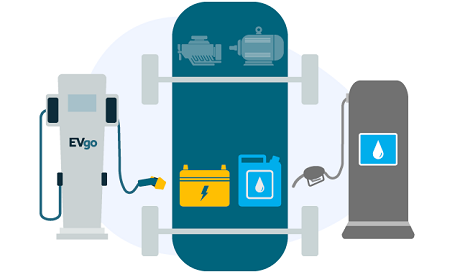Manufacturers of plug-in hybrid electric vehicles (PHEVs) make various claims about their vehicles’ fuel use. Some say it’s very low and provide numbers to prove it.
Consumer NZ, with support from Te Manatū Waka–Ministry of Transport, decided to investigate to see if these suggestions were true.
They assessed fuel use in five PHEVs and five hybrids from five brands, the subsequent Consumer magazine report says.
Their aim was to see how real-world fuel consumption compares with the manufacturers’ claims.
“While it’s a small sample, it has generated some useful insights,” Consumer says.
Manufacturers’ fuel efficiency figures come from laboratory tests conducted under controlled settings, they point out.
“However, in reality, fuel efficiency is likely to be lower – and lower still if you don’t drive with efficiency in mind.”
Crucial info
Consumer notes that in New Zealand, the Clean Car Discount Scheme uses the published fuel use to calculate fees and rebates for each car.
Having the fees and rebates set to the right level is crucial for encouraging people into the right sort of vehicles.
“We also tested the real-world fuel efficiency of hybrids, PHEVs and electric vehicles (EVs) in 2020.
“We uncovered that the price of running a Hyundai Ioniq PHEV for a week compared very similarly to the hybrid version.
“It was a surprising result – we expected the PHEV cost to be much lower,” Consumer says.
Consumer’s real world test
“Each vehicle we trial gets the same treatment: a week of commuting in rush hour from Lower Hutt to Consumer HQ (a round trip of 28km); a run to the supermarket; and a drive over the Remutaka Hill and back to see how it goes on a longer weekend trip. In total, one week’s usage makes for about 270km of motoring.
“We record fuel use (both actual and on the trip computer) and measure electricity usage where appropriate, with PHEVs.
“The actual fuel use is measured by filling the tank to the brim at the start of the trial and then again at the end, and comparing numbers.
“It’s an inexact science that doesn’t use any specialist or calibrated equipment, but it’s still a repeatable, real-world appraisal.”
Drawing some conclusions
Consumer says a summary of their findings shows:
- PHEVs averaged 45 percent over their claimed fuel use on their trip computers and 73 percent over with the fuel measured at the pump.
- Hybrids averaged 10 percent over their claimed fuel use on their trip computers and 20 percent over with the fuel measured at the pump
Although Consumer has included a chart showing numerous vehicles’ percentage difference from claimed fuel usage, it’s urging readers to treat them with caution.
“It’s important not to sensationalise those figures – it’s not robust science,” Consumer says.
“Rather, it’s real-world driving with the percent gains blown out by the small numbers in the PHEV claims.
“Even so, it is quite telling in our sample that the figures were much higher than claimed.”
Source
Additional readingNews category: New Zealand.




